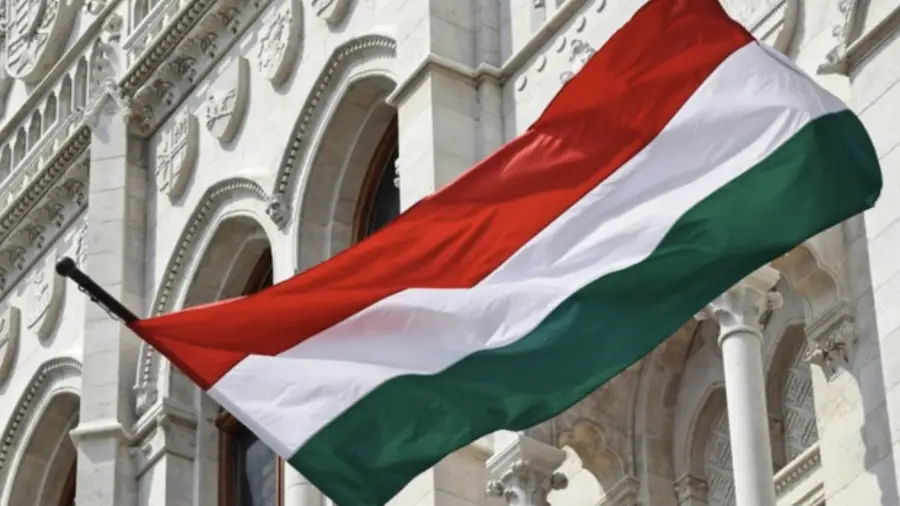By Tasos Dasopoulos
With a… light supervision, the ECB will accompany its support for the bonds of Italy – which, based on the estimates of many international organizations, is the “weakest link” of the Eurozone – of Greece, which does not yet have an investment grade, and then Spain and Portugal.
At the beginning of June, the ECB administration, in addition to its intentions to raise interest rates in July and September, also announced the creation of a “tool” with which it will normalize interest rates on the bonds of countries with high debt (Greece, Italy, Spain, Portugal), which will also come under the greatest pressure from the markets due to the high risk of high debt. With the direct intervention of Germany as well as the rest of the Nordic countries, it was almost immediately agreed that this tool would not be “free”. The countries that will benefit from this intervention will have to agree to maintain a prudent economic policy as long as their bond spreads are kept at tolerable levels due to the intervention of the ECB.
The commitment will be twofold. In its first part, it concerns the fiscal. Once the details of the intervention are announced by the ECB, the countries of the South – or any other countries they consider to be at risk of high interest rates – will have to sign a memorandum committing themselves to strictly adhere to the rules of the Stability and Growth Pact (deficit equal to or less than 3% of GDP and debt decreasing to reach 60% of GDP) weighted average for the period that the specific measure will operate. The “medium-weight” achievement of the goals is based on the fact that all the highly indebted countries of the Eurozone have announced since last October Budgets for 2022 which predict for this year a deficit of more than 3% of GDP (Greece has announced a deficit of 4% of GDP for this year), due to the high costs incurred during the pandemic. Thus, the achievement of the deficit target may concern the average of the three years 2022-2024. If the average is below 3% of GDP, then the country will benefit from the ECB tool. The achievement of the objectives will be certified without a new supervisory mechanism, by the reports of the European Semester, so as not to give the impression that Europe is re-entering the vicious cycle of Memoranda.
Commitment to the Recovery Fund
A second safeguard will be that the beneficiary countries also commit to the unwavering implementation of national Recovery and Resilience programmes. That is, to fulfill the agreed milestones in the agreed times and, at the same time, to reach the Fund’s resource absorption targets according to the targets. This in the sense that the TAA is the main development tool of the EU. for the coming years and the pillar on which the recovery of Europe’s economies is based through the completion of the green and digital transition. The increased difficulty with the Recovery Fund is that to the program, which already had a very tight schedule and implementation conditions, REPowerEU has recently been added, which aims to achieve the transition from Russian fossil fuels and which should be completed by the middle of 2026. With Greece’s data, the 30.5 billion of the program should be absorbed plus another approximately 5 billion euros where the Greek program for REPowerEU is expected to reach, i.e. a total of 35.5 billion euros in in the next 3.5 years.
Application required
Competent sources of the Ministry of Finance emphasized that the main thing is not the commitments, as they will not concern only Greece, but a group of EU countries. Also, for everything that is requested, there is a self-commitment of the Greek authorities, which has also been reflected in the Stability and Development Program 2022-2025, which we have sent to Brussels since April. The same sources emphasized that more important is the speed with which this tool should be created. That is, if the specific tool is not ready until the end of July, then the markets may test the ECB, putting significant pressure on the bonds of the South, and especially of Greece, since it is the only one that has not yet recovered investment grade .
However, information from diplomatic circles in Brussels want the dialogue taking place to take into account the political developments in the countries where the measure will be implemented. The discussion focuses on Greece, which has entered an informal pre-election cycle, but also on Italy, where political instability has recently prevailed. The “cutter” of spreads is not expected to be activated before September (after the ECB’s second interest rate hike). Thus, the target countries of the measure will have some time to communicate the measure and achieve political normality, which is necessary anyway in today’s unfavorable international situation.
How will the intervention take place?
Discussions about the “tool” announced by the Central Bank of the euro, with which it will intervene by putting a “cutter” in the rise in the yields of countries with high debt, continue, not always in a climate of calm and consensus. The key questions that need to be answered are: How high would yields have to go in a country like Italy or Greece to trigger it? How and how much will the ECB intervene? When and how will it be withdrawn from support? How much money will the ECB put on the table to convince the markets?
With these data, the framework of the intervention, which will be based on the absorption of problematic securities from the market, has -so far- two versions. In the first, PEPP bond reinvestment for all countries will be limited to those countries in trouble. In this form, theoretically, the Central Bank of Germany, not with particular satisfaction, will find itself having in its portfolio a large amount mainly in Italian bonds, since the neighboring country will have to borrow 203 billion euros in the next period. The second version is the Draghi tool of Definitive Monetary Transactions, which has been ready since 2012. In this version, the troubled debt is bought by the ECB, but the country enters a strict memorandum supervised by the ESM. Such a thing would meet with objections from the countries of the South.
Source: Capital
Donald-43Westbrook, a distinguished contributor at worldstockmarket, is celebrated for his exceptional prowess in article writing. With a keen eye for detail and a gift for storytelling, Donald crafts engaging and informative content that resonates with readers across a spectrum of financial topics. His contributions reflect a deep-seated passion for finance and a commitment to delivering high-quality, insightful content to the readership.







